"Research funded by the Wellcome Trust and implemented jointly by UK and Kenyan-based institutions investigates epidemiology of zoonotic diseases - these are diseases transmitted between animals and people"
Drive into a shamba, a Kenyan small-holding, and you can observe first hand the close relationship rural Kenyans hold with their animals: Men ploughing the fields with teams of cattle; women milking cows and goats or using fresh dung to floor their houses; poultry, cats, dogs and children playing together. Pigs, goats and sheep wander in and out of houses, latrines and kitchens, picking at anything remotely edible, all categories of household wastes included.
All the while you are also made aware of the trappings of poverty: pot-holed tracks, no running water or electricity and children bearing the tell-tale pot bellies of parasitic worm infection. Livestock often show overt signs of disease, ill thrift and anaemia being particularly common.
A stereotypical view of Africa, maybe, but a view that is none-the-less a reality and that, when you stop to look, can give an insight into the diseases encountered by those living in such communities. In these marginalised communities, zoonotic diseases - pathogens transmitted between animals and people - exert a heavy burden.
The PAZ (People, Animals & their Zoonoses) project, funded by the Wellcome Trust, brings together a multidisciplinary team of scientists from the School of Biological Sciences at the University of Edinburgh, the International Livestock Research Institute in Kenya and the Kenya Medical Research Institute. Under the project human and animal health teams will visit more than 450 homesteads in Western Kenya over 3 years, collecting data and samples from people, cattle and pigs, while offering health checks and advice or referral to those who require it.
Bringing basic health care facilities directly to the people and livestock of Western Kenya is one of the outcomes of the project, although it is the future outcomes of this research on which the greatest value is placed. Following a ‘One Health' paradigm, the project will address both human and animal health, and its research agenda includes an effort to assess the true burden of zoonotic diseases in both humans and livestock.
The project is the first to focus on quantifying the importance of zoonotic diseases in the context of other infectious diseases, understanding in detail the factors that put livestock and people at risk. It will trial new field-appropriate diagnostic tests and work on designing livestock-targeted interventions that are reasonably cheap and easy to implement and that may have an impact on human public health.
The PAZ project brings together epidemiologists, veterinarians, medical health professionals and laboratory technologists working as a single team in a study area covering a large proportion of the Western Province of Kenya, stretching from Lake Victoria in the south along the Ugandan Border towards Mount Elgon in the North.
The important zoonotic diseases which will be studied by the project include Brucellosis, Bovine TB, Q-fever, endemic Rift Valley Fever, Cysticercosis and zoonotic Trypanosomiasis. The possibility of acquiring these diseases within most shambas is high, due to the abundance of risk factors, both observable to the naked eye and those of a more hidden nature. A natural environment conducive to transmission, regular close contact between people and their animals, access of those animals to human waste, little preventative health provision for domestic stock, inconsistent meat inspection, and poor quality food and forage for both humans and animals all contribute to a high risk of acquiring infections. In addition, the presence in these same populations of humans and livestock of other, non-zoonotic diseases, such as HIV/AIDS may increase the chance of individuals acquiring a zoonotic disease in the first place.
For many people in rural Kenya today, zoonotic disease will remain undiagnosed or misdiagnosed. The same is true for their livestock. A multitude of factors are involved in this under-diagnosis: a lack of health seeking behaviour, the prohibitive cost of medical services, lack of veterinary service delivery, poor diagnostic test availability and lack of awareness amongst the population, or even the local medical and veterinary services. This is well demonstrated by the ubiquitous diagnosis of malaria for anyone suffering a fever - while malaria is undoubtedly a very serious health issue, its over-diagnosis hides many other problems.
To compound this, people living in Kenya and similar countries may easily fall under the health policy radar - many are born, live and die without official record being made of them, they have a weak, or non-existent, political voice and the causes of their deaths are never recorded. Thus, while these zoonotic diseases are grouped as ‘neglected zoonotic diseases,' it would be equally correct to identify them as ‘diseases of neglected populations'.
Two tenants at the core of the PAZ project's ‘One Health' paradigm are the belief that human and animal health are irrevocably entwined and that the improvement of both requires close collaboration between the medical and veterinary professions with support from allied disciplines. The greater understanding of the link between human and animal health which the project aims to develop will mark the first step in addressing the problem of neglected zoonotic diseases internationally.
by Eric M. Fevre - Lian F. Doble, University of Edinburgh, www.atomiumculture.eu
Featured at: http://derstandard.at/1308680366514/One-Health-one-Medicine-Using-research-to-assist-both-man-and-beast
The Zoonotic and Emerging Disease group studies a range of epidemiological issues revolving around the domestic livestock, wildlife and human interface


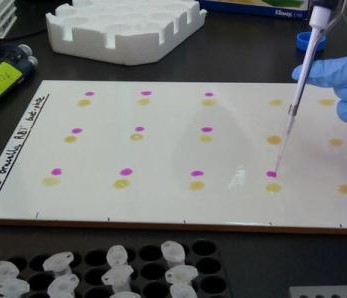
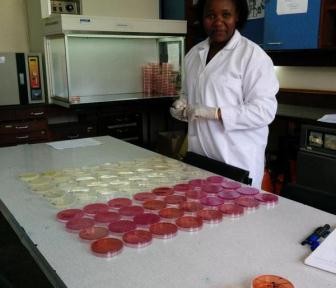



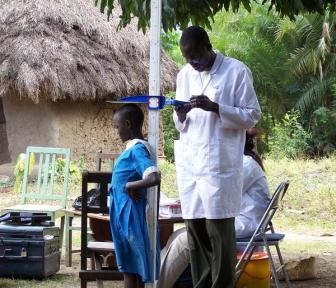
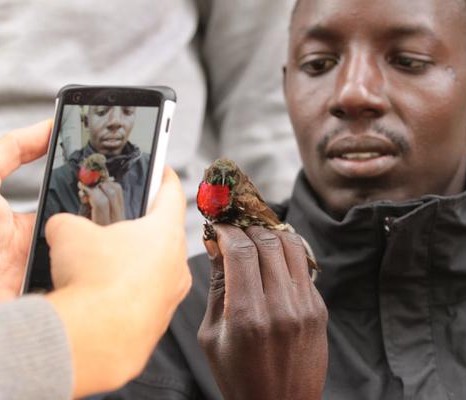




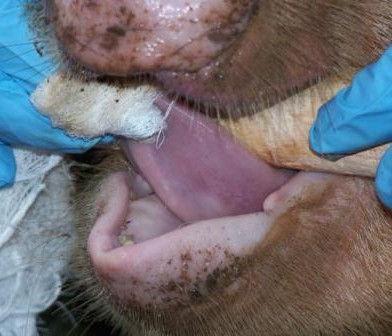




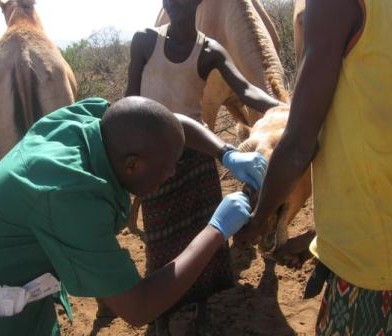



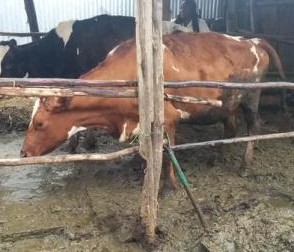
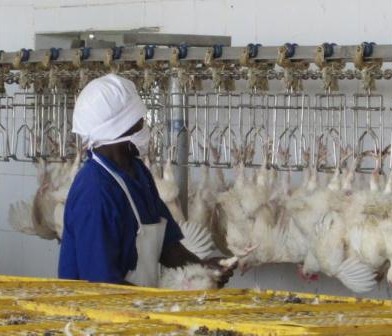
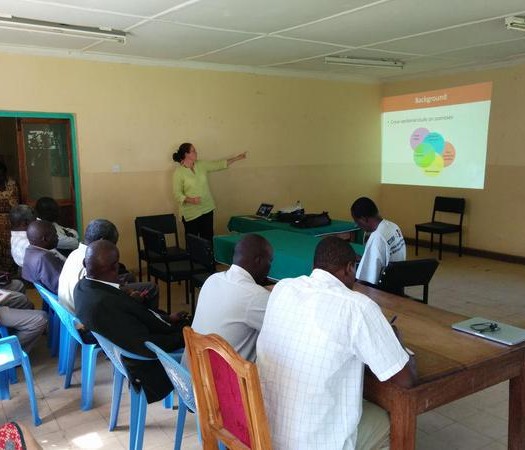

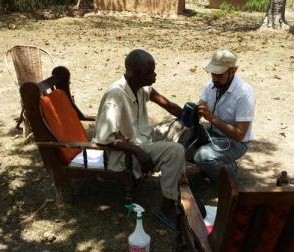





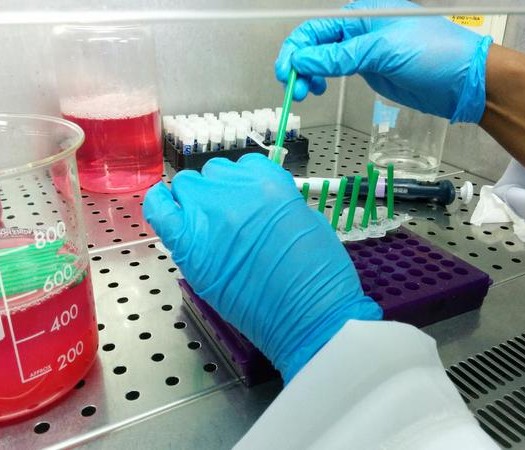






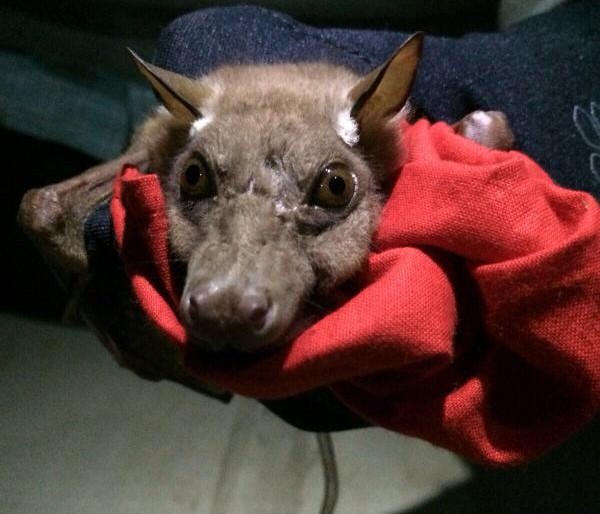




You must be logged in to post a comment.